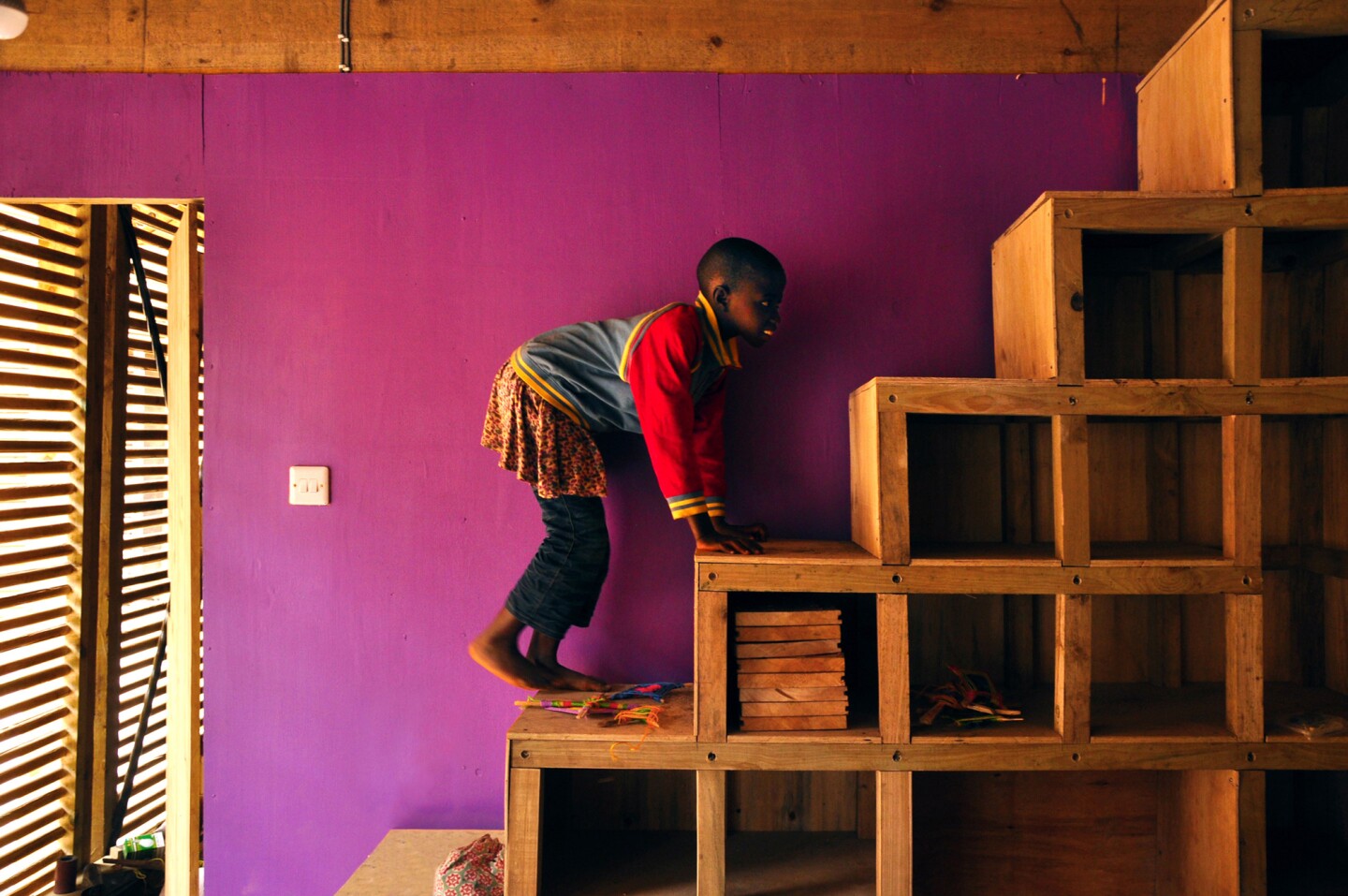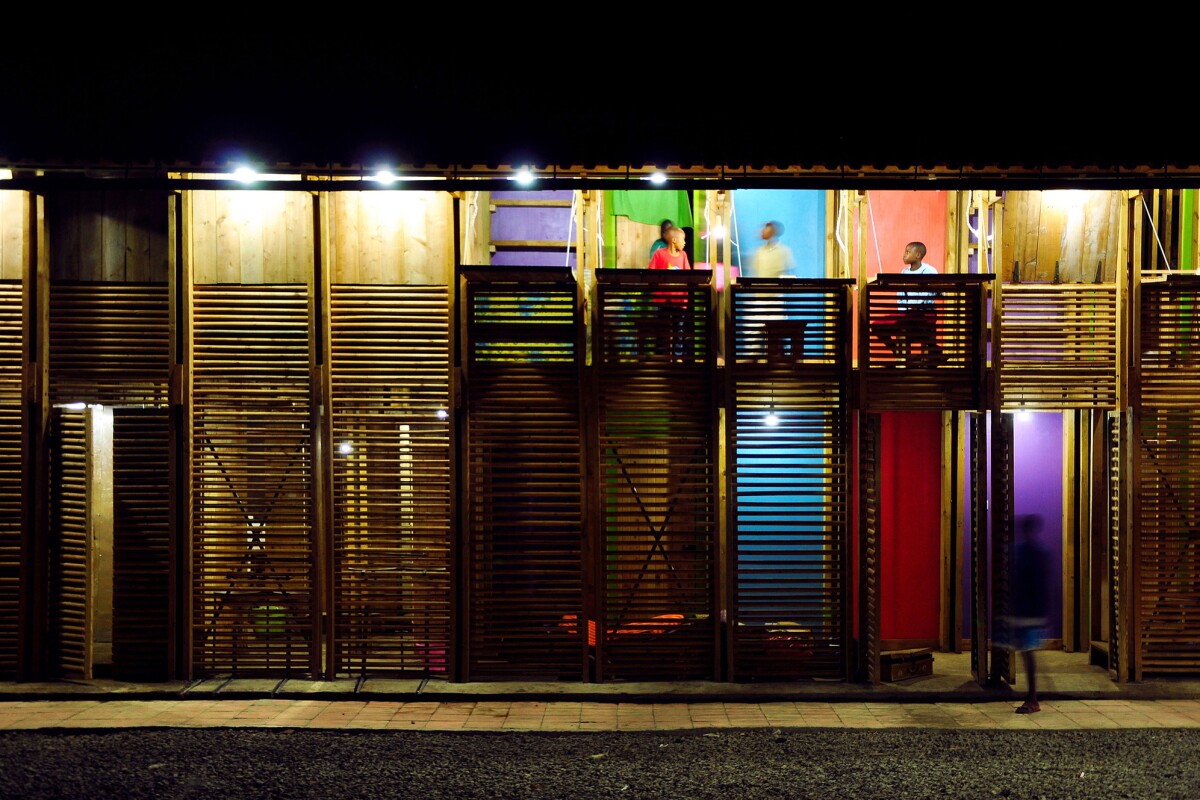Humanitarian design organization Orkidstudio recently completed work on a new orphanage that provides disadvantaged kids in Kenya with a safe roof over their heads. The St. Jerome's orphanage was built using earthbags (bags filled with soil) and recycled timber, and also features a rainwater-harvesting system that offers residents an independent source of water.
St. Jerome's orphanage was constructed earlier this year over a period of just eight weeks, and at a total cost of £50,000 (US$78,315). The orphanage comprises a total floorspace of 396 sq m (4,262 sq ft), split over a couple of two-story buildings, and fits four kids in each room, plus some extra reading and study spaces.

During construction, a large amount of clay-based soil was produced while excavating the foundations required for the orphanage. This soil was then packed into 4,000 grain bags and stacked like bricks to build the orphanage's structure.
This low-cost building method seems more suited to the area than housing the kids in shipping containers (like the New Jerusalem Orphanage, for example), as earthbags offer comparatively good heat retention and should help keep the interior temperature relatively stable. The earthbags were clad with waste timber from veneer processing, and a basic rainwater-harvesting system was installed on the roof.
Though a solar array might have made a nice addition to the orphanage, it would doubtless have increased the cost of the project too, so it operates with grid-supplied electricity.
Orkidstudio employed local men and women to help in the build, and the firm reports that these locals have since been commissioned to build more earthbag structures in the area using the skills they learned during the project.
Source: Orkidstudio via Arch Daily
























